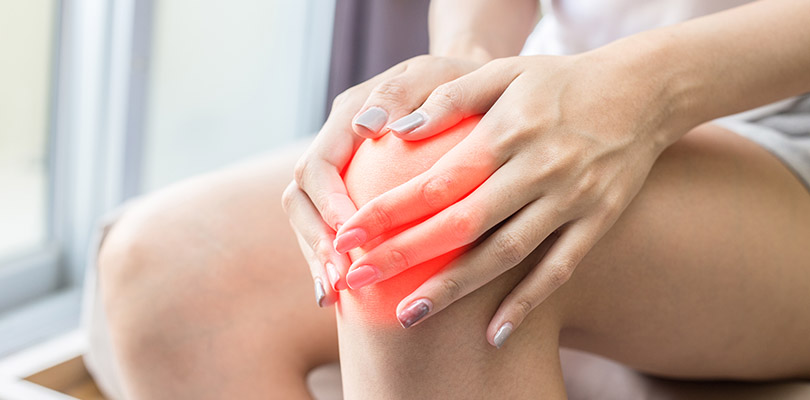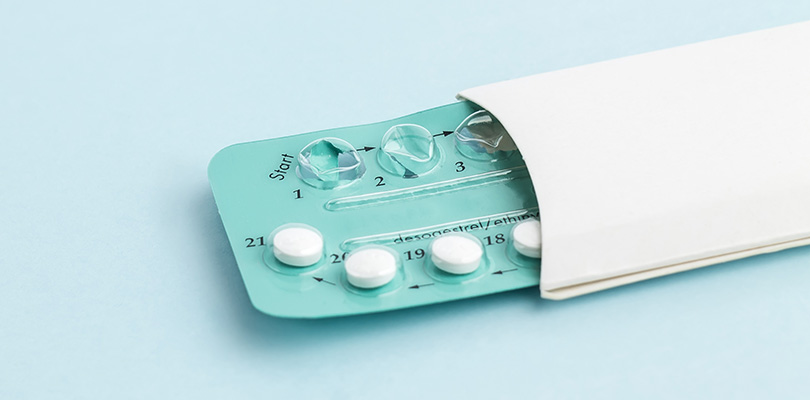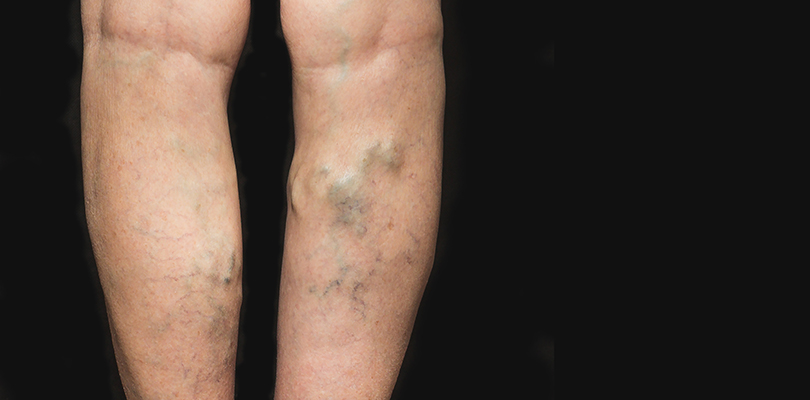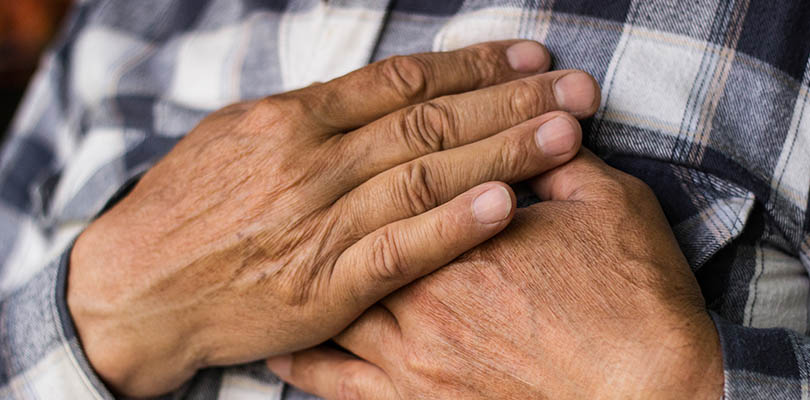Tendon vs. Ligament
Chances are, you’ve heard of tendons and ligaments and you might think that they’re the same thing. However, while tendons and ligaments are both part of the musculoskeletal system, they each serve a different purpose in the body.
We’ll outline the similarities and differences of tendons and ligaments and discuss a few of the common injuries that occur to these structures in this article.
What Is a Tendon?
Tendons are an integral component of the musculoskeletal system in the body. Tendons are rubbery cord-like bands made of tough connective tissue that connect your muscles to your bones.
Additionally, tendons join your muscles to different structures in the body, such as your eyeball. Tendons allow certain structures and bones to move properly.
Tendons have the most tensile strength, which refers to the resistance of anything to break under any sort of pressure or strain, amongst all of the soft tissues in the body. The tensile strength is essential to endure the pressure or tension produced when muscles are contracted.
What Is a Ligament?
Ligaments are also a part of the musculoskeletal system but are quite different from tendons. Ligaments are more elastic and tougher than tendons, and act as connectors, attaching bone to bone.
They help to stabilize the joints of the body, and these joints allow different movements to take place, whether they are simple of complex movements.
The connective fibrous tissue of ligaments is composed of extremely compact collagen fibers, rod-like cells known as fibrocytes. The two kinds of ligaments are yellow fibrous ligaments and white fibrous ligaments.
The yellow ligament is abundant in flexible fibers, while the white ligament is made of additional collagen fibers and is more durable and inflexible.
Ligaments are characterized as:
- Fetal remnant ligaments - are those that are present in a fetus as soon as it develops.
- Peritoneal ligaments - are those that create the lining of the stomach cavity.
- Articular ligaments - are those that attach one bone to bone to form joints.
Tendons vs. Ligaments: Similarities
Tendons and ligaments do share many characteristics, including:
- Both are types of fibrous connective tissues that are classified as dense granular connecting tissue
- Both are important parts of the muscular system and the skeletal system
- Tendons and ligaments are formed by compact and thick films of collagen fibers.
- Both are made of living cells
- Both can be injured and damaged if excessive force is applied to them
- Tendons and ligaments are strong and durable
- Both are equally essential for the physical support and the elasticity of the body
- Both contain an abundant amount of collagen
Tendons vs. Ligaments: Differences
The table below highlights the differences between tendons and ligaments:
| Tendons | Ligaments |
| - Attach muscles to bones and can be found in the ending area of skeletal muscles. | - Attach bone to bone and are present in joints. |
| - Tough, rigid and inflexible in nature. | - Elastic and strong in nature. |
| - Fibers exist as corresponding dense bundles. | - Fibers are densely crammed and not organized in corresponding bundles. |
| - Fibroblasts are present in unbroken rows. | - Fibroblasts are dispersed in a scattered pattern. |
| - Formed of white fibrous and rough connective tissue. | - Composed of yellowish elastic fibrous connecting tissue alongside the collagen fibers. |
| - No grouping pattern. | - Divided into three types of groups: i. peritoneal ligaments ii. fetal remnant ligaments iii. articular ligaments |
| - Have a heavy blood supply | - Have a low blood supply |
| - Typically one tendon per muscle | - Typically multiple ligaments per joint. |
Tendon and Ligament Injuries
Many people confuse tendon and ligament injuries because both connective tissues are similar and therefore, symptoms of both types of injuries are also quite similar.
There are endless self-help books and countless seminars to teach it. Everyone acknowledges how important it is: you’re better after learning self love.
Tendon Injuries and Symptoms
If an excessive amount of strain is put on tendons, they can snap or tear, leading to injury. A slightly or moderately torn tendon can lead to inflammation and uneasiness; however, it can be cured over a period of time. If a tendon completely breaks it can lead to permanent injury and completely restrict movement.
The ideal way to treat a mildly damaged tendon is to initially reduce inflammation by using an ice pack and keeping the injured area elevated. Once the swelling has been reduced, treatment should be aimed at rehabilitating the injured area to restore functioning.
On the other hand, serious tendon injuries and tears need to be strapped or splinted initially to stabilize the injured area and promote healing. Braces and splints also help to avoid further injury to the area.
Again, after the initial injury phase, treatment should focus on adequately rehabilitating the injured area to allow for normal functioning.
The most common tendon injuries are:
- Tendonitis is an injury in which a tendon is inflamed and swollen, causing stiffness and discomfort. Tendonitis is caused by excessively straining the tendon through vigorous physical activities. Usually, in such cases, doctors prescribe anti-inflammatories to help reduce the swelling, and for the relief of pain.
- Impairment of the Achilles tendon. The Achilles tendon attaches the heel to the muscle present in the lower leg. Injury to this tendon is caused by not wearing proper shoes and overstraining. To avoid injury in this are, you should make sure to warm up adequately before any energetic activity, and also wear supports and casts that are designed specifically for this area.
Ligament Injuries and Symptoms
Even though ligaments are strong, over-straining and pressure can tear and rupture them. If a ligament is stretched excessively, the ligament may never come back to its original form.
The most common ligament injury is:
- Anterior Cruciate Ligament (ACL) tears. The ACL is found in the knee and is vital for steadiness. If the ACL is torn, physical therapy, or possibly surgery may be needed to treat the injured area; an untreated injury may worsen over time. The symptoms of the ACL injury are initially a feeling of not being able to feel the leg, followed by immense discomfort and inflammation of the knee.
Conclusion
Tendons and ligaments are both integral components of the musculoskeletal system of the body, and they both play essential roles in helping the joints and muscles move efficiently and effectively.
Injury to either a tendon or ligament needs medical attention in order to rehabilitate the area adequately to allow for normal functioning of the muscles and joints of the body.







